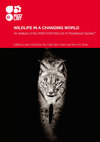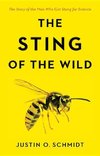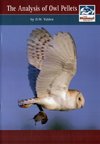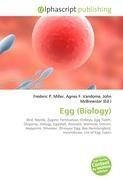
Egg (Biology)
High Quality Content by WIKIPEDIA articles! In most birds and reptiles, an egg is the zygote, resulting from fertilization of the ovum. To enable incubation the egg is usually kept within a favourable temperature range as it nourishes and protects the growing... Viac o knihe
Produkt je dočasne nedostupný
48.93 €
bežná cena: 55.60 €
O knihe
High Quality Content by WIKIPEDIA articles! In most birds and reptiles, an egg is the zygote, resulting from fertilization of the ovum. To enable incubation the egg is usually kept within a favourable temperature range as it nourishes and protects the growing embryo. When the embryo is adequately developed it breaks out of the egg in the process of hatching. Some embryos have a temporary egg tooth with which to crack or pip the eggshell or covering. Oviparous animals are animals that lay eggs, with little or no other development within the mother. The study or collecting of eggs, particularly bird eggs, is called oology. Reptile eggs, bird eggs, and monotreme eggs, which are laid out of water, are surrounded by a protective shell, either flexible or inflexible. The special membranes that support these eggs are traits of all amniotes, including mammals. The 1.5 kg ostrich egg is the largest egg currently known, though the extinct Aepyornis and some dinosaurs had larger eggs. The Bee Hummingbird produces the smallest known bird egg, which weighs half a gram. The eggs laid by some reptiles and most fish can be even smaller, and those of insects and other invertebrates can be much smaller still.
- Vydavateľstvo: Alphascript Publishing
- Formát: Paperback
- Jazyk:
- ISBN: 9786130249779

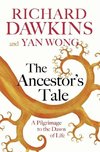
 Anglický jazyk
Anglický jazyk 


